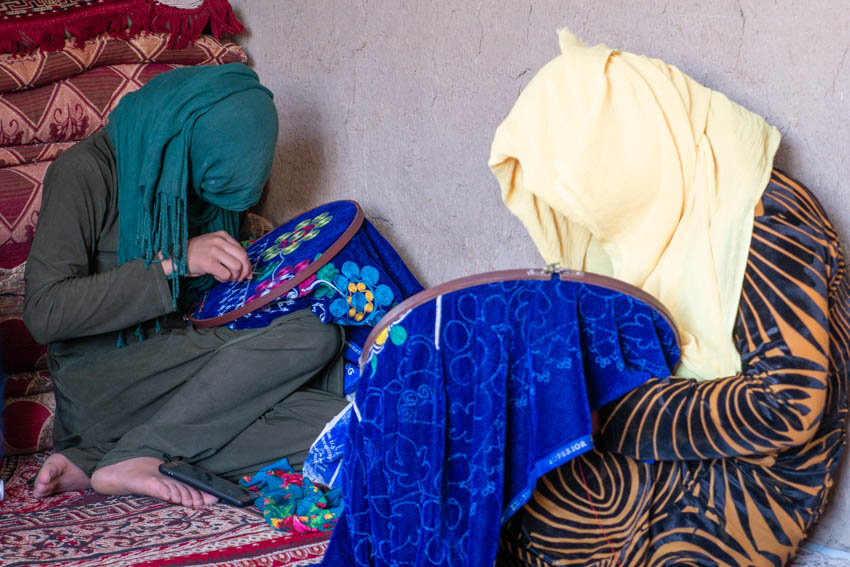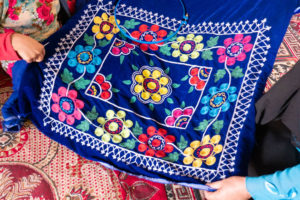They never imagined life would end up like this. No electricity, no food security, no work. Even hope for the future is hard to find, when access to clean water, food and tents is considered a big privilege.
Hundreds of thousands of people in Afghanistan have been forced to abandon their lands and homes due to drought, floods, war and violence. These Internally Displaced People (IDPs) have mostly settled on the outskirts of big cities, where necessities are not available, but land is affordable. They arrived with hope of a better life but, since leaving their villages, they have been living in critical situations.
“A lot of organisations have been coming and asking about our needs and problems,” says Nazar, a leader in one of the communities we are working with, “but only a few of them have helped us so far.” IAM’s arrival in the village was “like turning on the light in the darkness,” says Abdullah, one of the IDPs we have been working with.

IAM is helping internally displaced people learn new skills to support their families
In late 2018, more than 2.5 million people were displaced throughout Afghanistan. That’s when IAM started its survey to find out the biggest needs and the situation for IDPs living around Mazar-e-Sharif. We found that the needs were huge, and so, after conducting the survey, the Mazar Livelihoods and Development Project (MLDP) began.
Since the end of 2018, we have been working alongside people who have been displaced from different provinces, especially Faryab, and are now living in Nahri Shahi district of Balkh province.
“Before we started our work with these IDPs their life was in a very bad condition. They were living under the hot tents in the summer and were cold during the winter. Their economic situation was the worst,” says Engineer Ahmad, MLDP deputy project manager.

Over the last year, MLDP has begun to change some of these people’s lives, long-term. We are working to empower people through our health courses (for children and adults), agriculture courses (plastic tunnel cultivation, and kitchen gardening), skills training, advocating for clean drinking water, and tailoring courses for women. There are 1,400 people directly and indirectly benefitting from IAM’s work amongst IDPs on the outskirts of Mazar city.
But there are many more people still to reach. Despite international community, Government and NGO efforts to help IDPs in Afghanistan, their number is growing and they are facing tremendously life-threatening challenges. In 2018, 435,000 people were displaced by disasters and 372,000 people were displaced by conflict and violence in Afghanistan.
Dost Mohammad is one of those who had to leave his home. “When we first moved here, we didn’t have anything, we even lost our tents in the heavy winds. I thought, what a good life I previously had and what a bad life I have now,” he says. “But with the assistance of IAM, our lives have changed to be better again.”
All names changed
Want to know more about IAM’s development work? Read all about it here!